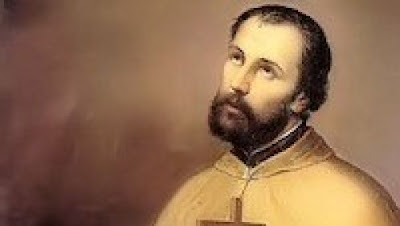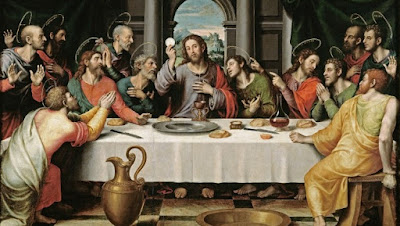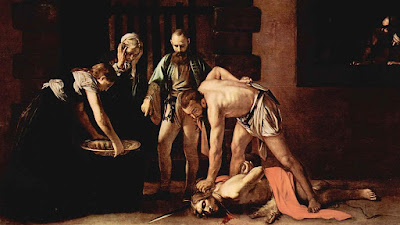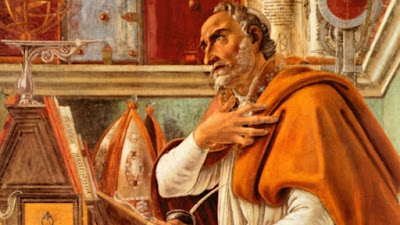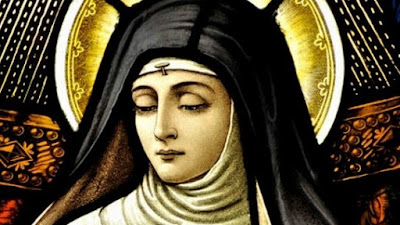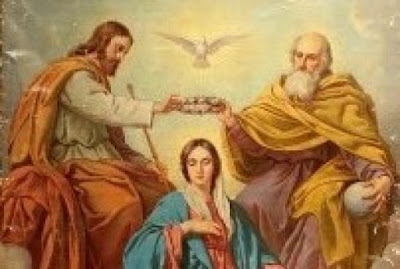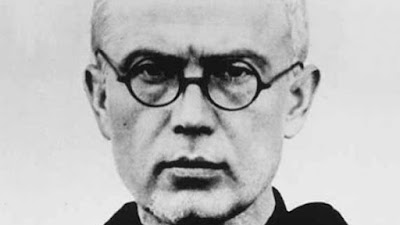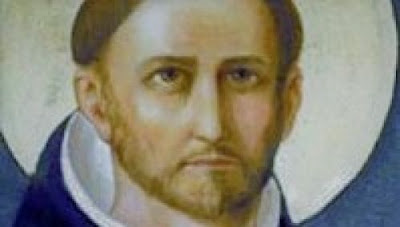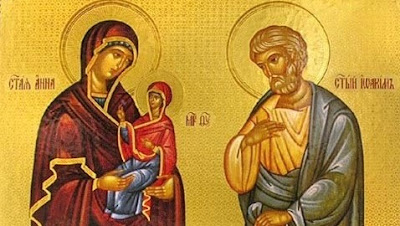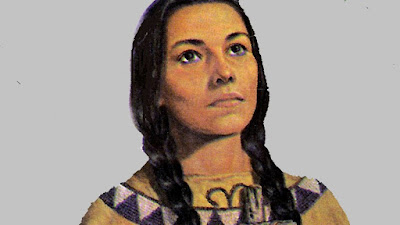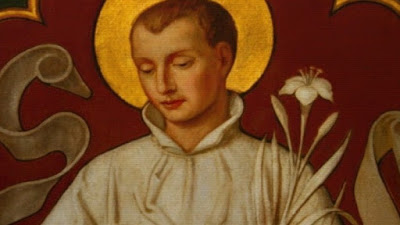Saint Cornelius and Saint Cyprian, Martyrs
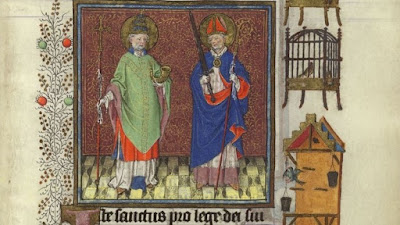
September 16th, the Church celebrates two holy friends who received the crown of martyrdom in their imitation of Christ and in service to Christ's Church. Saint Cornelius, (251-253) a Roman was elected Pope in 251 amid the persecutions of the Emperor Decius. Little is known of his life before the papacy. Besides the danger posed by Roman authorities in opposition to the Church, he also had to contend with a deep schism occasioned by Novatian, the first anti-pope. The issue in contention resulting from the Decian persecution was whether those who had apostatized could be absolve and receive back into the Church. Novatian held that those who had apostacized must be rebaptized, and that some sins were so grave they could not be forgiven by the Church. (Such sins could only be forgiven at the Last Judgment.) Cornelius had the support of St. Cyprian, St. Dionysius, and most African and Eastern bishops convened a synod of bishops to confirm him as the rightful bishop of Rome and e
